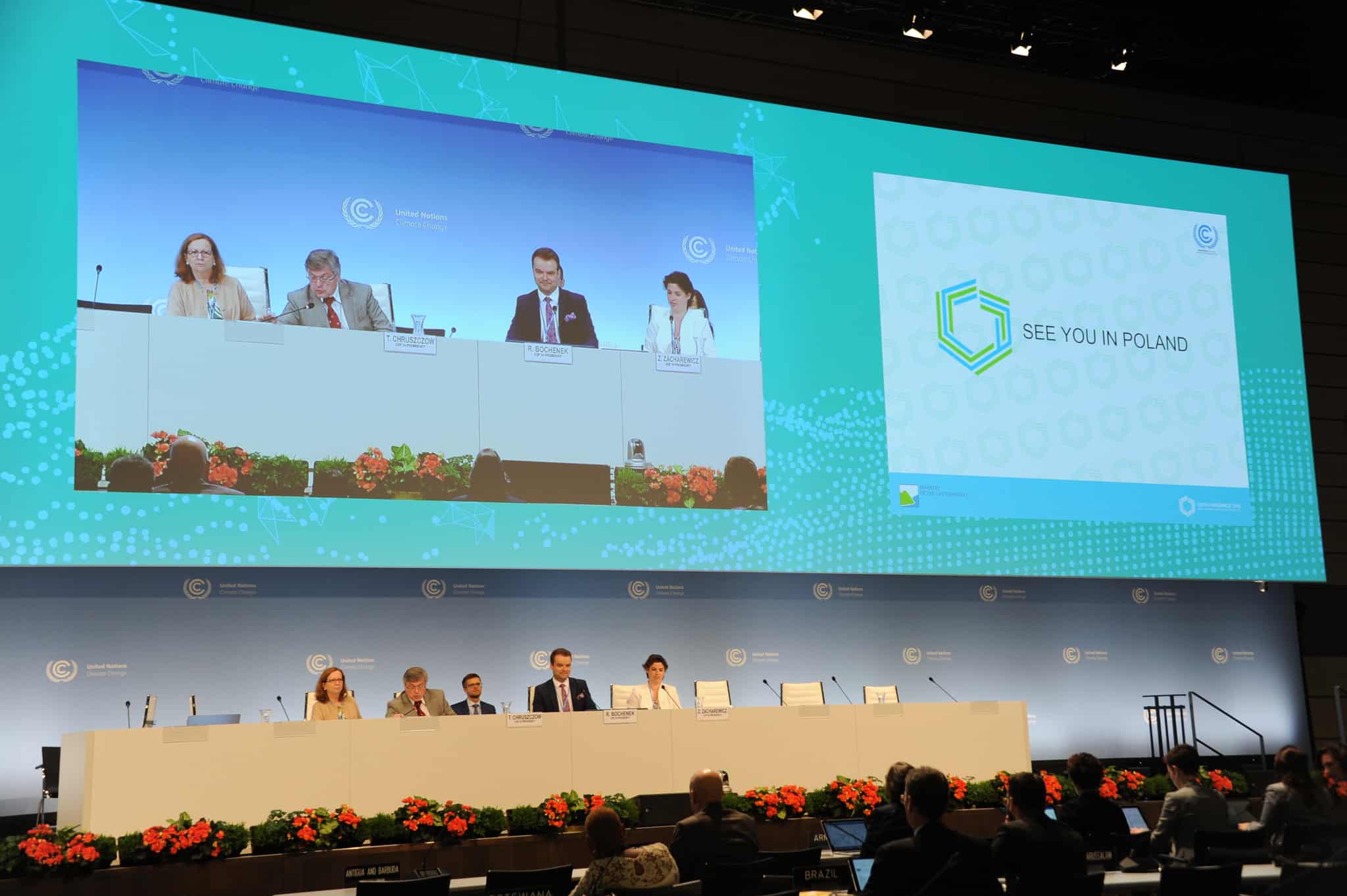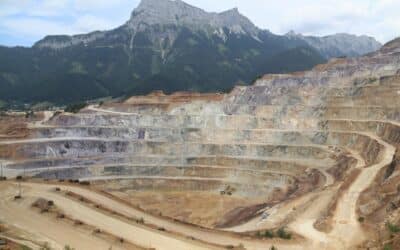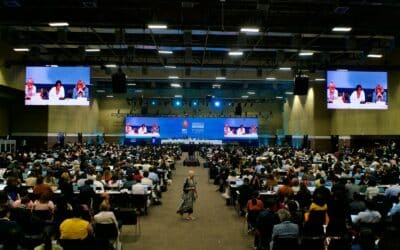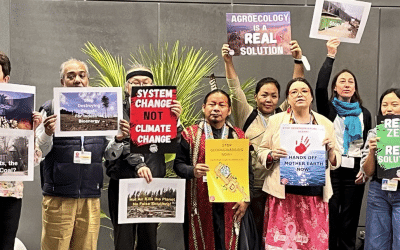In 2018, pressure is rising for geoengineering to formally enter the UNFCCC negotiation process in some way or another. It has in recent years been a hot topic in the UNFCCC corridors, but it’s unclear if and how it will land in the official negotiation process. What is clear, however, is that bringing geoengineering into the mainstream of international climate policy carries a great risk of normalizing geoengineering as a legitimate response to climate change.
The UNFCCC Intersessionals from 30 April to 10 May in Bonn saw the so-called Preparatory Phase of the Talanoa Dialogue kick off – the Fiji-led international conversation on how to increase global climate ambition. Since the formal launch of this process in January of this year, state and non-state actors – such as cities, states and regions, civil society organisations, international institutions and business – were invited to submit their responses to the questions of where we are, where we want to go, and how we get there. Perhaps unsurprisingly, some think that geoengineering is what will get us there (such as the Global CCS Institute, Forum for Climate Engineering Assessment (FCEA) and Jupiter Oxygen Corporation
In addition, C2G2, an international geoengineering governance initiative led by former climate diplomat Janos Pasztor, in their submission to the Talanoa Dialogue platform, call on the UNFCCC to take on the task of governing large-scale Carbon Dioxide Removal (CDR).
Fortunately, many others pushed back, denouncing these high-risk technofixes and highlighting their risks (e.g. Climate, Land, Ambition and Rights Alliance (CLARA); European Academy of Science Advisory Council (EASAC) – as well as focussing on the need to drastically and equitably ramp up ambition and explore additional mitigation options (among others, Oil Change International, Stockholm Environment Institute, CSO Equity Report, and CARE International.
The much-awaited IPCC Special Report on 1.5°C of global warming, expected in October 2018, will also feed into the Talanoa Dialogue and the first global stocktaking exercise – and rumour has it that the report will also look at geoengineering. (Through the formal reviewing and commenting process, critical expert reviewers have worked hard towards ensuring the risks of geoengineering are adequately covered and addressed!)
Civil society will also have to keep a wary eye on the upcoming negotiations of the Global Stocktake – the ambition mechanism in the Paris Agreement that provides the basis for countries to periodically review progress and ratchet up ambition on mitigation, adaptation and finance. Some pro-geoengineering state and non-state actors might lobby for geoengineering to be incorporated into the Global Stocktake – allowing this to happen would lock the world into a trajectory on which these dangerous hacking-the-climate schemes become legitimized as “just another tool in the toolkit” in our global response to the climate crisis.
More geoengineering developments and resistance against the mainstreaming of geoengineering in the UNFCCC are to be expected at the Bangkok session (August 2018) and COP24 in Katowice, Poland (December 2018) – The GeoengineeringMonitor team will keep you posted!



